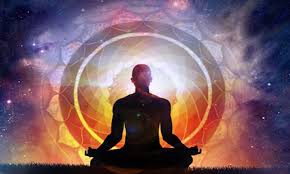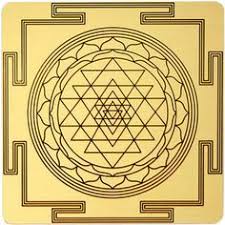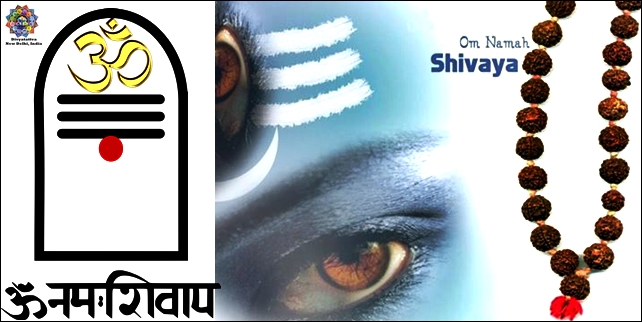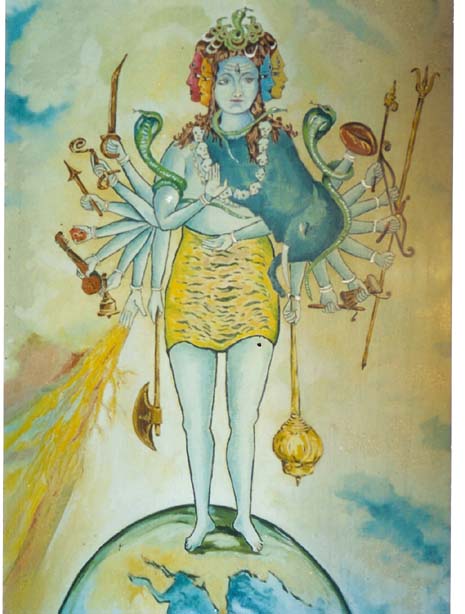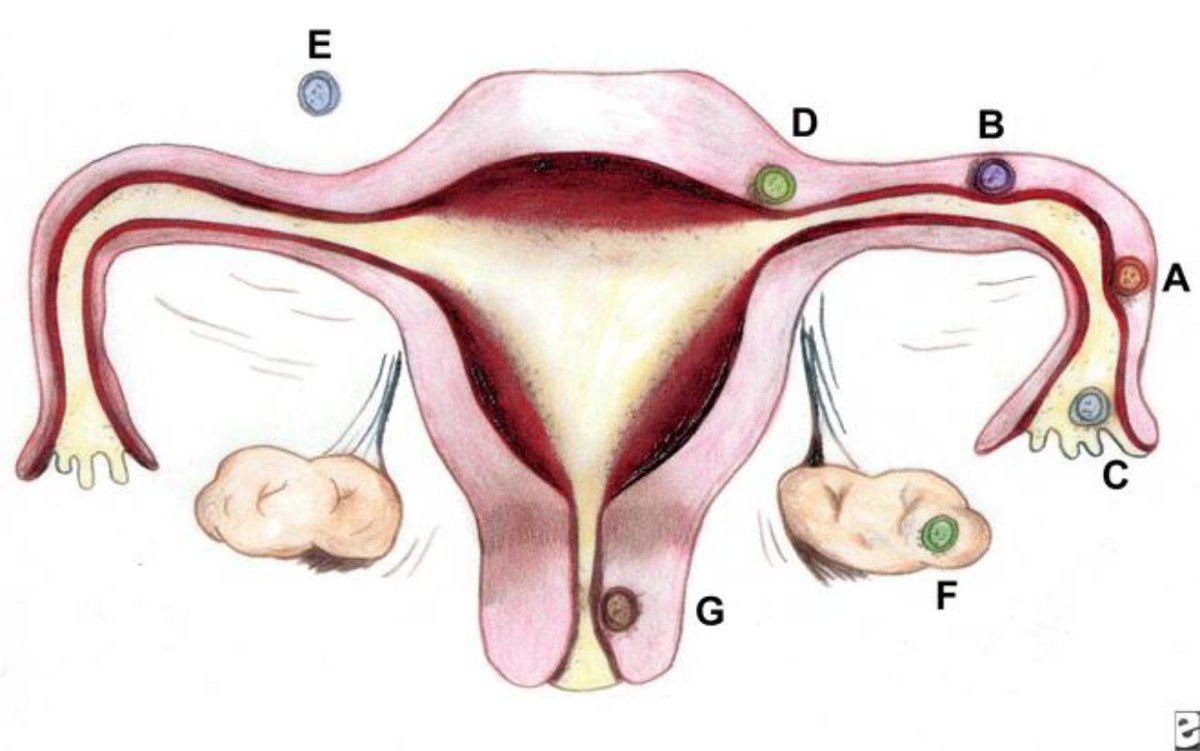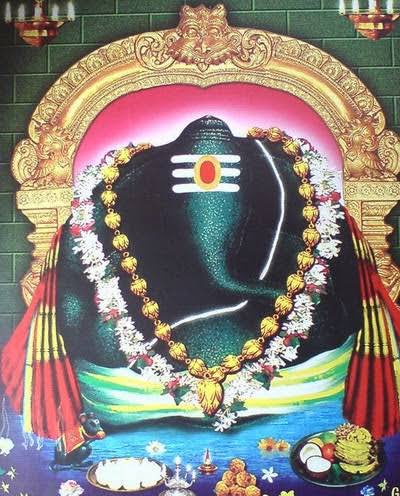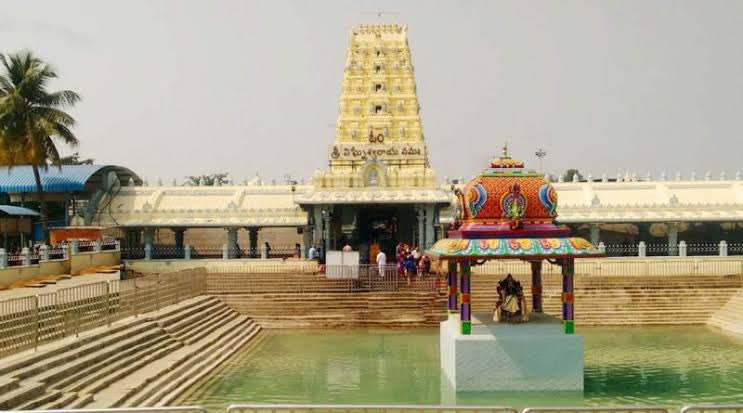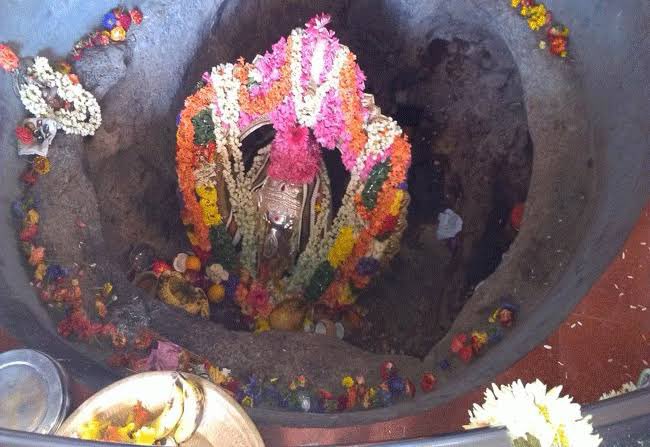The proper yoga as described in Hindu scriptures consists of 8 limbs:
The proper yoga as described in Hindu scriptures consists of 8 limbs:
i) Ahimsa: Nonviolence (this also includes not eating meat)
ii) Satya: truthfulness
iii) Asteya: non-stealing
iv) Brahmacharya: chastity, sexual restraint
v) Aparigraha: non-avarice, non-possessiveness
i) Shaucha: purity of mind, speech and body
ii) Santosha: contentment
iii) Tapas: austerity, self-discipline
iv) Svadhyaya: study of Vedas(Holy books of Hindus)
v) Ishvarapranidhana: contemplation of the Ishvara (God)
Asana is a posture that one can hold for a period of time, staying relaxed, steady, comfortable and motionless. The aasana postures are believed to have been given by Mahadeva (Hindu God) himself. Hatha Yoga Pradipika mentions 84 aasanas.
More from Health
You May Also Like
My top 10 tweets of the year
A thread 👇
https://t.co/xj4js6shhy
https://t.co/b81zoW6u1d
https://t.co/1147it02zs
https://t.co/A7XCU5fC2m
A thread 👇
https://t.co/xj4js6shhy
Entrepreneur\u2019s mind.
— James Clear (@JamesClear) August 22, 2020
Athlete\u2019s body.
Artist\u2019s soul.
https://t.co/b81zoW6u1d
When you choose who to follow on Twitter, you are choosing your future thoughts.
— James Clear (@JamesClear) October 3, 2020
https://t.co/1147it02zs
Working on a problem reduces the fear of it.
— James Clear (@JamesClear) August 30, 2020
It\u2019s hard to fear a problem when you are making progress on it\u2014even if progress is imperfect and slow.
Action relieves anxiety.
https://t.co/A7XCU5fC2m
We often avoid taking action because we think "I need to learn more," but the best way to learn is often by taking action.
— James Clear (@JamesClear) September 23, 2020



